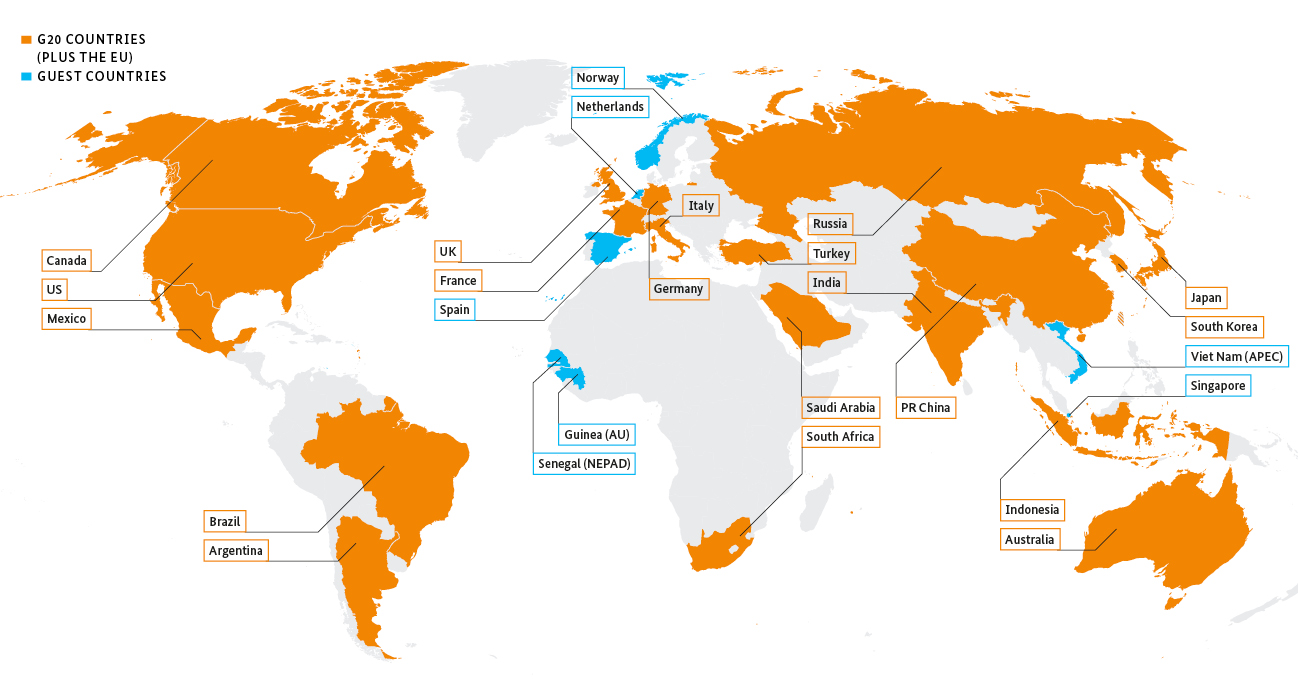The Big Picture- RSTV, UPSC Articles
National Medical Commission
Archives
TOPIC: General Studies 2
- Government policies and interventions for development in various sectors and issues arising out of their design and implementation.
- Issues relating to development and management of Social Sector/Services relating to Health, Education, Human Resources.
In news: National Medical Commission (NMC) has come into being from 25 September and the six-decade-old Indian Medical Council Act 1956 has been repealed. All its bodies such as the Medical Council of India and Board of Governors, which superseded the MCI on September 26, 2018, have also been dissolved.
The Composition:
- The Regulator is now ‘selected’ on merits, as opposed to an ‘elected’ Regulator.
- Dr S C Sharma (retd. Prof, ENT, AIIMS, Delhi) has been selected as the Chairperson for a period of three years.
- Besides the Chairperson, NMC will have 10 ex-officio members and 22 part-time members appointed by the government.
- To ensure transparency, the members will have to declare their assets at the time of joining and demitting office, along with declaring their professional and commercial engagement or involvement.
- Further, the chairperson/member on ceasing to hold office will not accept any employment for two years in a private medical institution whose matter has been dealt with him either directly or indirectly.
There are four autonomous boards under the NMC Act
- The Under-Graduate Medical Education Board (UGMEB)
- The Post-Graduate Medical Education Board (PGMEB)
- The Medical Assessment and Rating Board
- The Ethics and Medical Registration Board.
Functions of the NMC
- Framing policies for regulating medical institutions and medical professionals
- Assessing the requirements of healthcare related human resources and infrastructure
- Ensuring compliance by the State Medical Councils of the regulations made under the Bill
- Framing guidelines for determination of fees for up to 50 percent of the seats in private medical institutions and deemed universities which are regulated under the Bill.
The NMC will frame policies and co-ordinate the activities of four autonomous boards. Each autonomous board will consist of a president and four members, appointed by the central government. These boards are—Under-Graduate Medical Education Board (UGMEB), Post-Graduate Medical Education Board (PGMEB), Medical Assessment and Rating Board (MARB) and the Ethics and Medical Registration Board (EMRB).
NEXT
Under the NMC Act, the final year examination has been converted into a nationwide exit test called NEXT. This single examination will grant—
- a license to practice medicine
- an MBBS degree
- Entrance to postgraduate courses.
There is a provision for common counselling for entrance to PG courses also. Students will be able to get admission to seats in all medical colleges and institutes of national importance like AIIMS, PGI Chandigarh and JIPMER through a single counselling process. The Act does not impose any restriction on the number of attempts at NEXT examination. Provides for the regulation of fees and all other charges in 50 percent seats in private colleges as well as deemed to be universities.
Purpose of the Act – To provide for a medical education system that
- Improves access to quality and affordable medical education,
- Ensures availability of adequate and high quality medical professionals in all parts of the country
- Promotes equitable and universal healthcare that encourages community health perspective and makes the services of medical professionals accessible to all citizens
- Promotes national health goals
- Encourages medical professionals to adopt latest medical research in their work and to contribute to research
- Has an objective, periodic and transparent assessment of medical institutions and facilitates maintenance of a medical register for India
- Enforces high ethical standards in all aspects of medical services
- Is flexible to adapt to changing needs
- Has an effective grievance redressal mechanism
What ails medical education in India?
Corruption in medical education: Private hospitals charging a huge capitation fee and donation. Although there is a tremendous opportunity in the medical education space owing to the vast patient load and a diverse spectrum of diseases. The increase also leads to a dearth of quality healthcare professionals.
Quality has dipped: Though the number of institutes has increased, the ones which offer quality medical education remains minuscule. The curricula have remained mainly outdated, despite tremendous changes happening in the healthcare sector. The medical education sector has become a more lucrative business linked to large profits than service to society. The mounting corruption, suicides related to cheating for admissions, high fee structure among private institutes and more notifies us about the highly unregulated business of medical education in the country.
Lack of knowledgeable teachers: Even doctors completing their post-graduation from government medical colleges sign compulsory bonds which makes it very difficult for them to join medical colleges as faculties. Lack of motivation amongst young doctors to become medical teachers is another challenge. As a result, many faculty positions remain vacant in government and private medical colleges.
The medical curriculum in India suffers from a lack of integration, maintaining traditional didactic teaching methods and limited support to research.
Connecting the Dots:
- A seed grows with no sound, but a tree falls with huge noise. Destruction has noise, but creation is quiet. Discuss.
- The present status of medical education in India leaves a lot to be desired. Do you agree?















